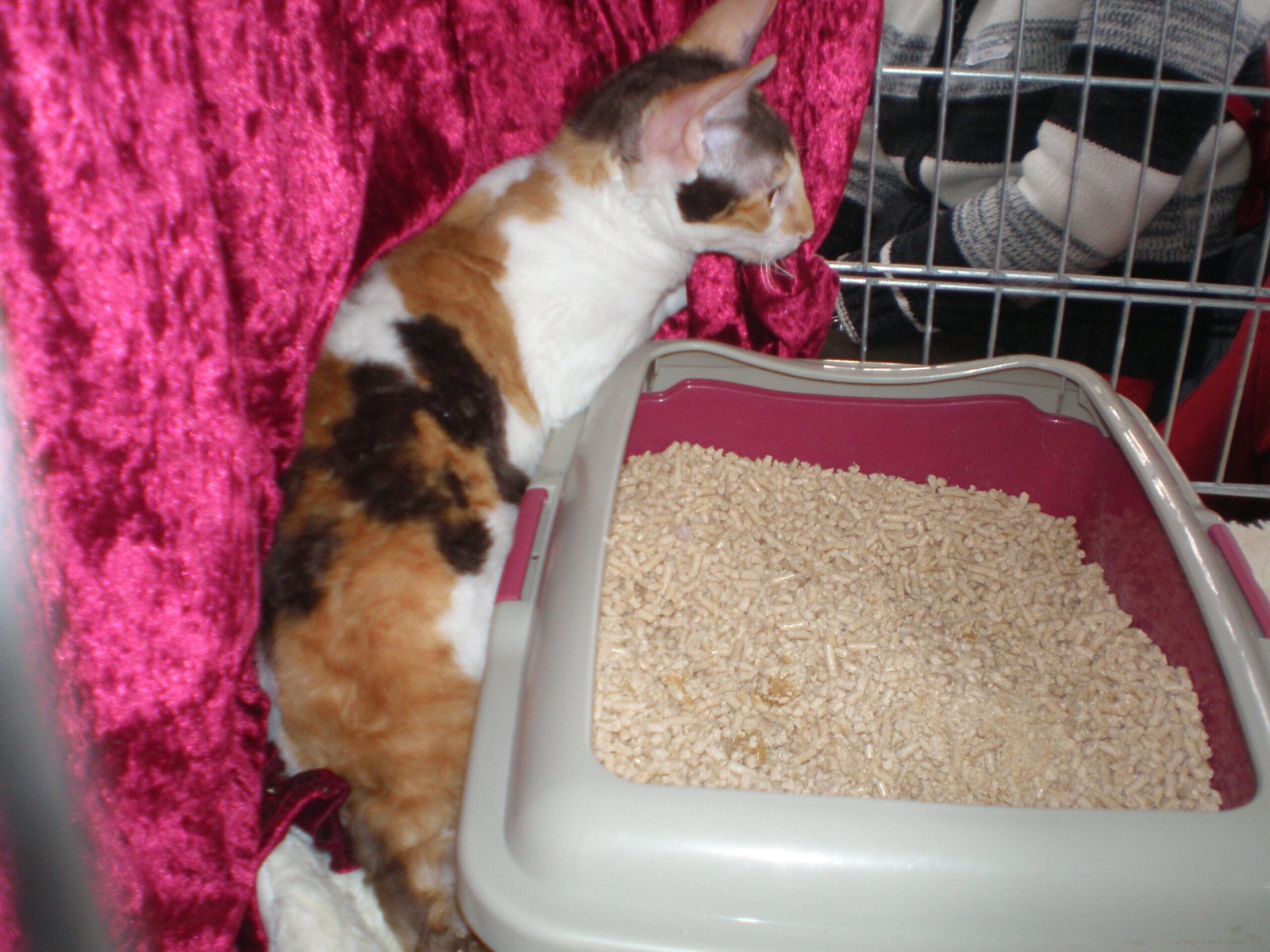If your cat suddenly snubs the litter box, it’s not just bad behavior—it’s often a sign something’s off. From medical issues like urinary tract infections to stress, dirty litter, or even disliking the box’s location, your feline is trying to tell you something. Cats are creatures of habit, so any change in their routine or environment can throw them off. The good news? With a little detective work and some adjustments, most litter box issues are fixable. Understanding the “why” is the first step to getting your kitty back on track and your floors mess-free.
Medical Issues: Your Cat’s Silent Suffering
One of the most alarming reasons your cat might stop using the litter box is an underlying medical problem. Cats are masters at hiding pain, so a change in bathroom habits might be your first—and only—clue that something’s wrong. Urinary tract infections, bladder stones, constipation, or kidney disease can cause discomfort or pain when urinating or defecating, making the litter box a dreaded place. Some cats associate the box with pain and start avoiding it altogether. If you notice blood in the urine, frequent attempts to go, or signs of pain, it’s time to see your vet immediately. Early intervention can save your cat from suffering and prevent further accidents around your home.
Stress and Anxiety: The Invisible Triggers

Cats are sensitive creatures, and changes in their environment can send them into a tailspin. Moving to a new house, introducing a new pet or family member, loud noises, or even rearranging furniture can stress your cat. When overwhelmed, cats may avoid the litter box as a way to express their anxiety. They might also mark their territory by urinating in new places. It’s easy to underestimate how deeply a cat can be affected by what seems like a minor change, but for them, it’s a whole new world. If stress seems to be the trigger, try to restore routines and offer safe spaces for your cat to retreat and relax.
Litter Box Cleanliness: A Matter of Pride

Would you want to use a dirty bathroom? Neither does your cat. Cats are famously clean animals, and a soiled, smelly litter box can quickly put them off. Even if it looks fine to you, a cat’s sensitive nose might detect lingering odors. Some cats refuse to use a box even if it hasn’t been scooped within the last day. Make it a habit to scoop the litter at least once or twice daily and change the litter completely every week. Wash the box with mild soap and water, avoiding harsh chemicals that could leave a smell your cat dislikes.
Type of Litter: Preferences Matter

Not all litters are created equal, and your cat may have strong preferences. Some cats hate scented litter, while others dislike certain textures. Clay, clumping, silica, pine, and corn-based litters all feel and smell different. If you’ve recently changed brands and your cat stopped using the box, the new litter could be the culprit. Try offering a couple of boxes with different types of litter to see which one your cat prefers. Sometimes, a simple switch back to their favorite can solve the problem overnight.
Litter Box Location: The Importance of Privacy

Cats value privacy when they do their business. If the litter box is placed in a high-traffic or noisy area, your cat may feel exposed or anxious. Laundry rooms with loud machines, busy hallways, or spots near appliances that make sudden noises are often poor choices. Ideally, the litter box should be in a quiet, easily accessible area where your cat feels safe. For multi-level homes, provide boxes on each floor to make it easy for your cat to reach one in time.
Box Size and Accessibility: Comfort Counts

A litter box that’s too small or difficult to enter can make bathroom time uncomfortable for your cat. Large cats may struggle to fit or turn around comfortably, while kittens and older cats with mobility issues might avoid boxes with high sides. If your cat is avoiding the box, try upgrading to a larger one or a box with lower sides for easy entry. Think of it like choosing between a cramped airplane seat and a spacious lounge chair—comfort makes all the difference.
Multiple Cats: Territorial Tensions

In multi-cat households, litter box drama is all too common. Cats are territorial and may avoid a box if another cat bullies or ambushes them there. The golden rule is to provide one box per cat, plus one extra. Spread the boxes out in different areas to minimize conflict and give each cat a safe space. If you catch a cat guarding the box or blocking access, it’s a sign that you need to add more boxes or adjust their locations.
Marking Territory vs. Accidents: Understanding the Difference
Sometimes, what looks like a litter box problem is actually your cat marking territory. This is especially common in unneutered males, but any stressed or insecure cat may spray urine to claim their space. Marking is usually done on vertical surfaces and in small amounts, while true accidents are on horizontal surfaces and in larger puddles. Recognizing the difference helps you address the real issue, whether it’s stress, insecurity, or the need for neutering/spaying.
Behavioral Issues: Breaking Bad Habits

Occasionally, cats develop bad habits for reasons that aren’t medical or environmental. Maybe an initial bad experience—like being startled in the box—has created a negative association. In these cases, patience and gentle retraining are key. Try confining your cat to a small room with a clean litter box, food, and water for a few days to encourage proper use. Gradually reintroduce them to the rest of the house once they’re using the box consistently. Never punish your cat for accidents; it only increases fear and confusion.
How to Fix the Problem: Step-by-Step Solutions

When your cat stops using the litter box, it’s easy to feel frustrated or even heartbroken. The best way forward is a calm, detective-like approach. Start by ruling out medical issues with a vet visit. Next, evaluate the box’s cleanliness, location, size, and type of litter. Address any environmental stressors and make sure every cat in your home has access to their own box. Sometimes, a simple change is all it takes, but other situations may need ongoing patience and support. Remember, your cat isn’t being spiteful—they’re communicating the only way they know how. Your love and attention can help them feel safe and secure once more.
Litter box issues can be frustrating, but they’re often your cat’s way of waving a little red flag. Whether it’s a health hiccup, stress, or something as simple as a dirty box, your kitty is counting on you to notice and help. With patience, a few changes, and maybe a vet visit, you can get things back to normal. A happy cat means a cleaner, calmer home for both of you!

Andrew Alpin from India is the Brand Manager of Doggo digest. Andrew is an experienced content specialist and social media manager with a passion for writing. His forte includes health and wellness, Travel, Animals, and Nature. A nature nomad, Andrew is obsessed with mountains and loves high-altitude trekking. He has been on several Himalayan treks in India including the Everest Base Camp in Nepal.






